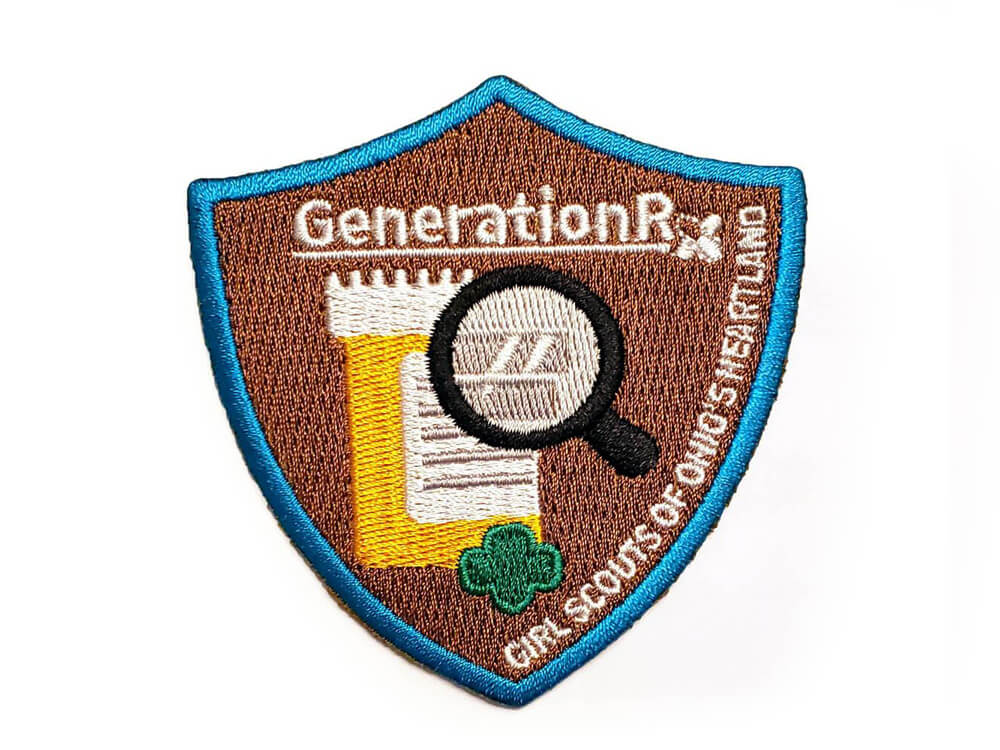A new 4-H project book published in partnership with The Ohio State University College of Pharmacy teaches medication safety to elementary students.
By Emily Jacobs
When it comes to teaching children healthy habits, medication safety may not be the first thing that comes to mind. Yet it could be a lifesaving lesson. Data from the Centers for Disease Control and Prevention (CDC) show that 8,986 children and adolescents died from opioid poisonings between 1999 and 2016. The mortality rate for this period increased 268.2 percent. Thousands of children visit the emergency department every year for accidental medicine poisoning. Numerous such cases are preventable.
Many U.S. children have some experience with medication use. According to data published by the CDC in 2019, 18 percent of U.S. children under age 12 use prescription medications. That does not include over-the-counter medicines and supplements, such as cough syrup or children’s vitamins. Even if a child does not take medicine, someone else in the household probably does. Age-appropriate lessons about medication safety can help teach children how to use medicine correctly, avoid accidental poisoning and may even help them avoid substance misuse later in life.
Generation Rx at The Ohio State University College of Pharmacy has partnered with Ohio 4-H to create a new project book, “Medicine Science and Safety,” that aims to teach students in third through fifth grade about the proper use of medications and how they are developed. The project book is the creation of Dr. Cynthia Canan, director of the Generation Rx Lab at COSI; Dr. Molly Downing, associate director of Generation Rx; and Dr. Katie Summers, Generation Rx project faculty.
Generation Rx provides free educational resources that teach safe medication practices among all ages and help prevent medication misuse. The program was launched at OSU College of Pharmacy in 2007 and powered through a partnership with the Cardinal Health Foundation since 2009. With the “Medicine Science and Safety” project book, Generation Rx wanted to publish a resource that matched its key messages on medication safety and used evidence-based, age-appropriate learning techniques.
Positive Associations With Pharmacy
Downing pointed out that children in elementary school are at a critical age to learn about the proper handling, storing and use of medications. “Our philosophy is that, because our society consumes billions of medications each year and medication is easily accessible and visible in their homes, that [children] should be equipped with an understanding of medication safety at an early age,” she explained. “It's really about equipping them with a foundation for understanding how to safely use the medicine before they enter those teen and adult years, where that concept of misuse behaviors may come into play.”

